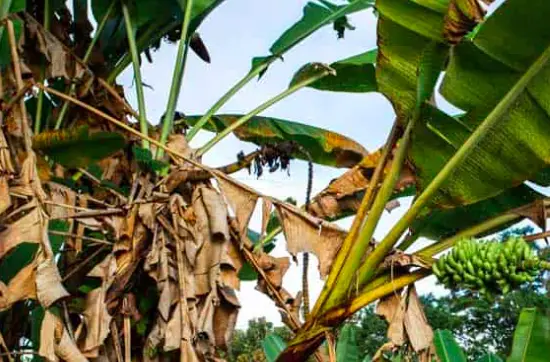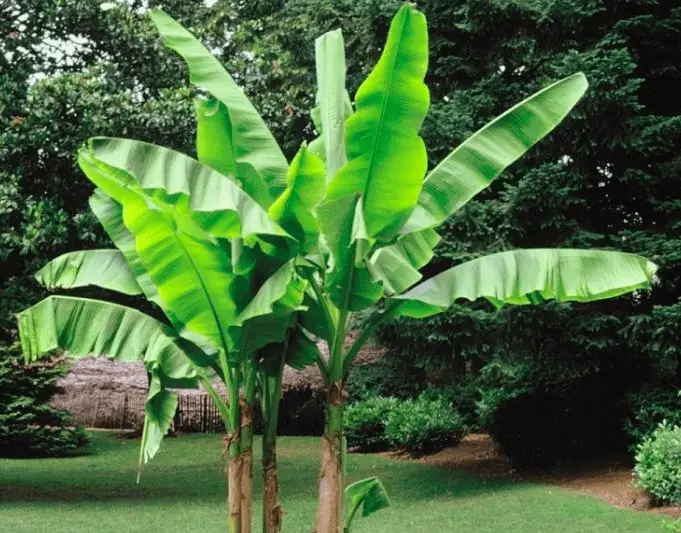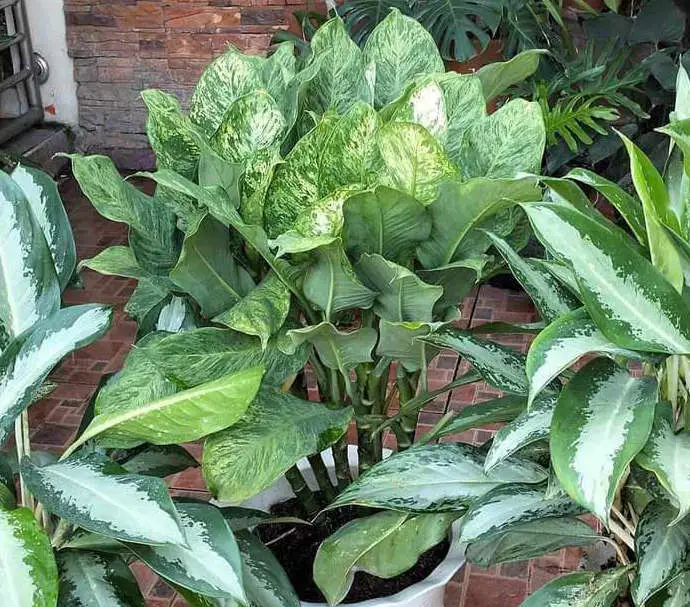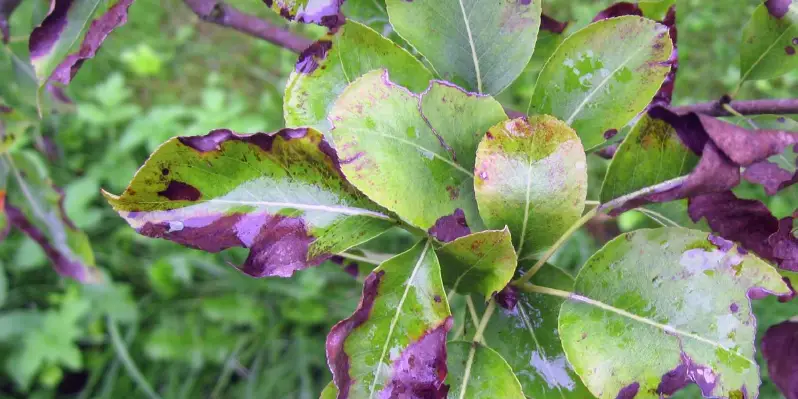Do you have a banana plant that you want to keep alive during the winter? If so, you’re in luck! In this blog post, we will discuss how to overwinter banana plants so that they stay healthy and thrive throughout the colder months.
Don’t let all of your hard work go to waste by neglecting your banana plant during the winter months! Follow these simple tips and your plant will be sure to make it through until spring.
Can Banana Plants Be Overwintered?
Yes, banana plants can be overwintered in the same spot where they are growing. If your plant is in the ground, there’s no need to dig it up – simply cover the plant with fleece and hessian to insulate it from the cold.
Not only can you overwinter banana plants, but it is recommended in order to protect them from the cold weather. While banana plants can withstand some cold temperatures, they are not frost-hardy and will not survive if the temperature drops below freezing. Even cold temperatures can turn the leaves brown.

How to Overwinter Banana Plants?
Overwintering banana plants is a six-step process that includes:
- Pruning leaves
- Wrapping the plant with fleece
- Wrapping the fleece with hessian
- Surrounding the plant with wiring
- Filling with straw
- Covering the top to secure heat
Let’s go through each of these steps one by one so that you can successfully overwinter your banana plant.
1) Prune Leaves
As soon as the first light frost hits, you should prune your banana plant’s leaves. This may seem counterintuitive, but by pruning the leaves you are actually protecting the plant from further damage.
Simply make clean cuts just above the top of the stem, being careful not to damage the stem itself. Sloping cuts will ensure moisture doesn’t run down into the stem and cause rot.
After you have pruned the leaves, your plant will look a bit bare. This is normal and nothing to worry about – the leaves will grow back come springtime.
2) Wrap the Banana Plant with Horticultural Fleece
The next step is to wrap your banana plant with horticultural fleece. This will protect the plant from the cold weather and help to insulate it.
First, measure out enough fleece to completely cover your plant. Cut the fabric so that you have one long piece that can be wrapped around the entire plant.
Next, take the fleece and drape it over the plant, tucking it in around the base. Be sure to completely cover the plant so that nothing is exposed. Once the plant is completely covered, use some garden twine to secure the fabric in place.
3) Wrap the Fleece with Hessian
Now that the plant is wrapped in fleece, it’s time to add an extra layer of protection by wrapping it in hessian. This fabric is often used in gardening as it is breathable and will help to protect the plant from cold weather.
To wrap the plant in hessian, simply take a piece of fabric that is long enough to go around the plant and drape it over the fleece. Once again, be sure to tuck it in around the base and secure it with garden twine.

4) Surround the Plant with Wiring
If you live in an area that is particularly cold, you may want to take extra measures to protect your plant by surrounding it with a wire cage.
To do this, simply create a wire cage that is big enough to fit around the plant. Once the cage is in place, fill it with straw or another insulating material. This will help to keep the plant warm and protect it from cold weather.
5) Fill the Cage with Straw
As we mentioned in the previous step, you will need to fill the wire cage with straw or another insulating material. This will help to keep the plant warm and protect it from cold weather.
Simply take a bale of straw and place it inside the cage. If you don’t have straw, you can also use shredded newspaper or even old clothes. Now your banana tree is ready to withstand the cold weather!
6) Cover the Top
Lastly, you will need to cover the top of the cage in order to secure the heat and stop rainwater from getting inside. Many experienced gardeners recommend using polythene sheets, so that’s what I’ve always used when overwintering banana plants.
To cover the cage, simply take a sheet of polythene and drape it over the top. Be sure to secure the edges with garden twine or something similar so that it doesn’t blow away in the wind. And that’s it – your banana plant is now ready to overwinter!
Alternatives to Overwintering
If the above steps sound like too much work, you can always bring your banana plant indoors for the winter. This is a good option for plants that are small enough to fit into your home. Simply place the plant in a sunny spot and water it as usual. You may need to mist the leaves occasionally to keep them from drying out.
Many people choose red banana plants for containers because they are smaller. This means you can simply move the plant indoors during the autumn before the first frosts, and then put it back outside when the weather warms up again in the spring.
Cold-tolerant Banana Plant Varieties
There are a number of banana plant varieties that are more tolerant to cold weather than others. If you live in an area with colder winters, it’s worth considering one of these varieties for your garden.
The most cold-tolerant variety is the Musa Basjoo, which can withstand temperatures as low as -20 degrees Celsius. This variety is also known to be resistant to wind and salt, so it’s a good option for coastal gardens.

Another cold-tolerant variety is the Musa Acuminata, which can withstand temperatures as low as -15 degrees Celsius. This variety is also known to be resistant to disease, so it’s a good choice if you’re worried about your plant getting sick.
Lastly, the Musa Sikkimensis is a good option for gardens in colder climates. This variety can withstand temperatures as low as -10 degrees Celsius and is also known to be resistant to frost damage.
Conclusion
In conclusion, overwintering banana plants is a great way to keep them healthy and happy during the colder months. There are a number of different ways to overwinter banana plants, so be sure to choose the method that best suits your needs.
It may seem like hard work at first, but once you get the hang of it, overwintering banana plants is actually quite easy. So don’t be afraid to give it a try! Your plants will thank you for it.
You can also try one of the cold-tolerant varieties we mentioned above if you live in an area with colder winters. Whichever route you choose, we wish you the best of luck with overwintering your banana plants!
Tim is an avid gardener from the UK. He was the founder of PlantCarer.com from 2021 to Sep 2023. He sold PlantCarer.com to Aaron. He has since started his own business called Seed To Supper, which provides new gardeners all the materials you need in a box (pots, seeds, compost and instructions) to grow your own delicious and nutritious vegetables and herbs from start to finish – no garden required.







0 Comments